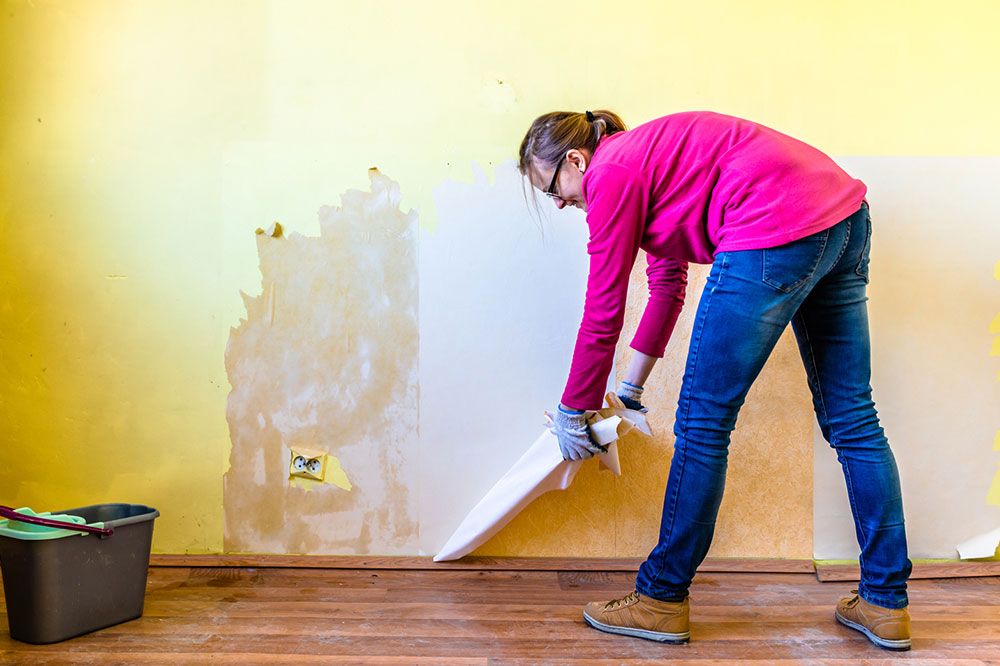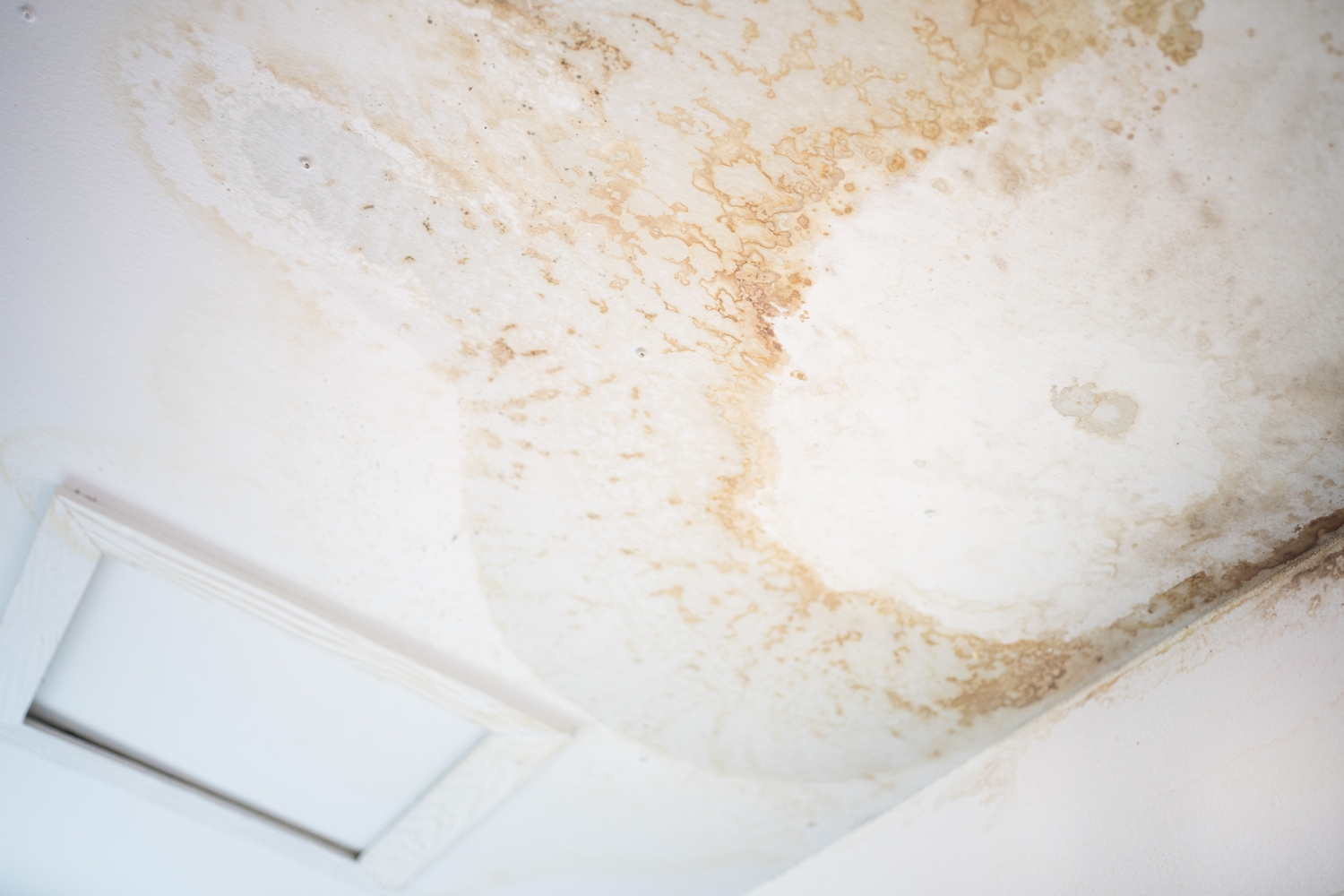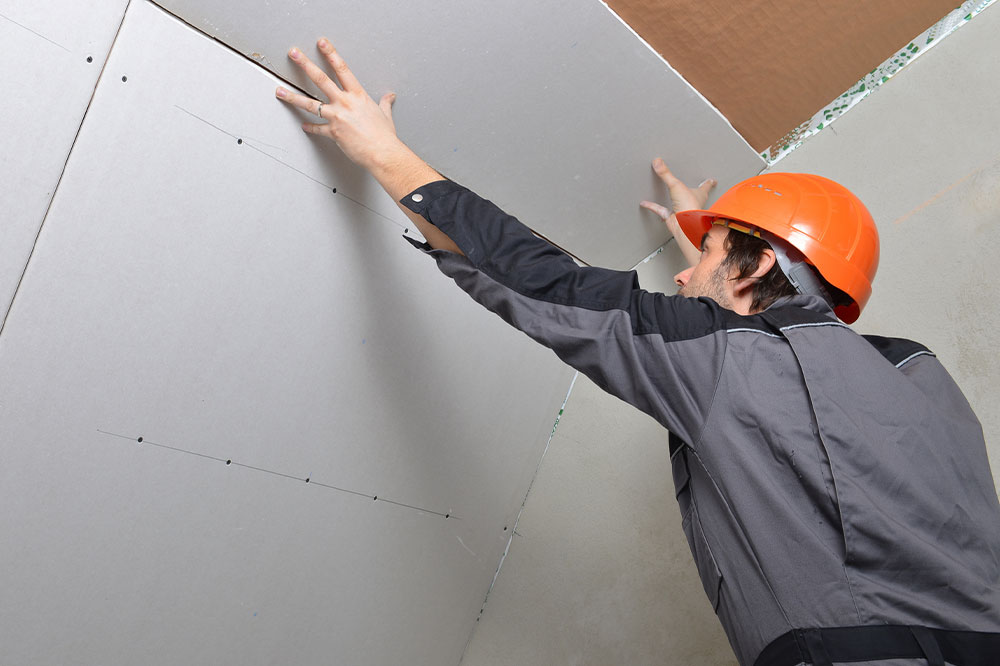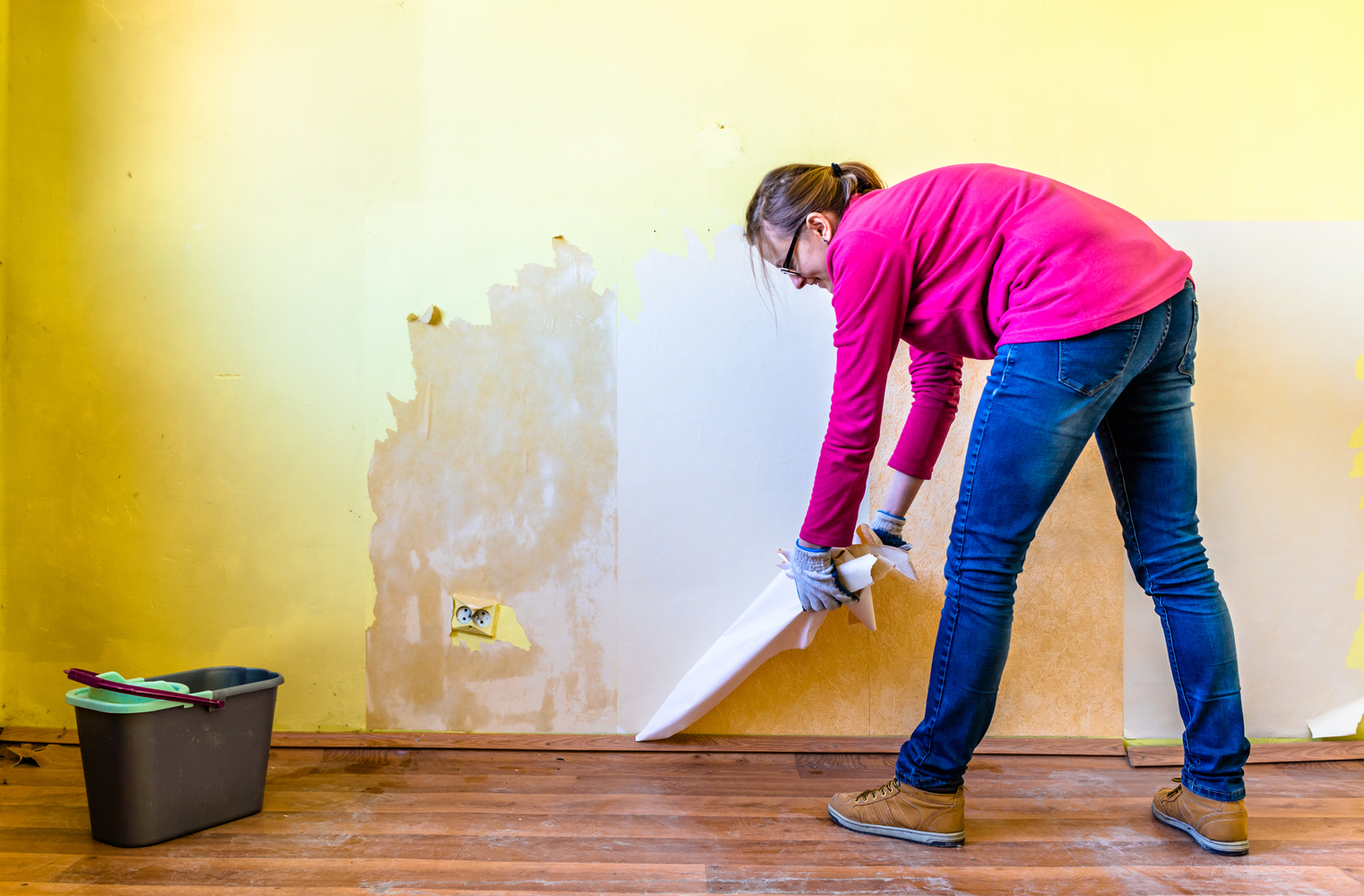Comprehensive Guide to Water Damage Types and Effective Home Repair Strategies
Water damage poses serious threats to homes, ranging from minor leaks to extensive flooding. Understanding the different categories of water damage, their causes, and the best restoration strategies is essential for homeowners. Prompt action and professional assistance can save your property from long-term harm, health risks, and costly repairs. This comprehensive guide covers all aspects of water damage classification, repair techniques, and prevention tips, helping you protect your home effectively against water-related emergencies.
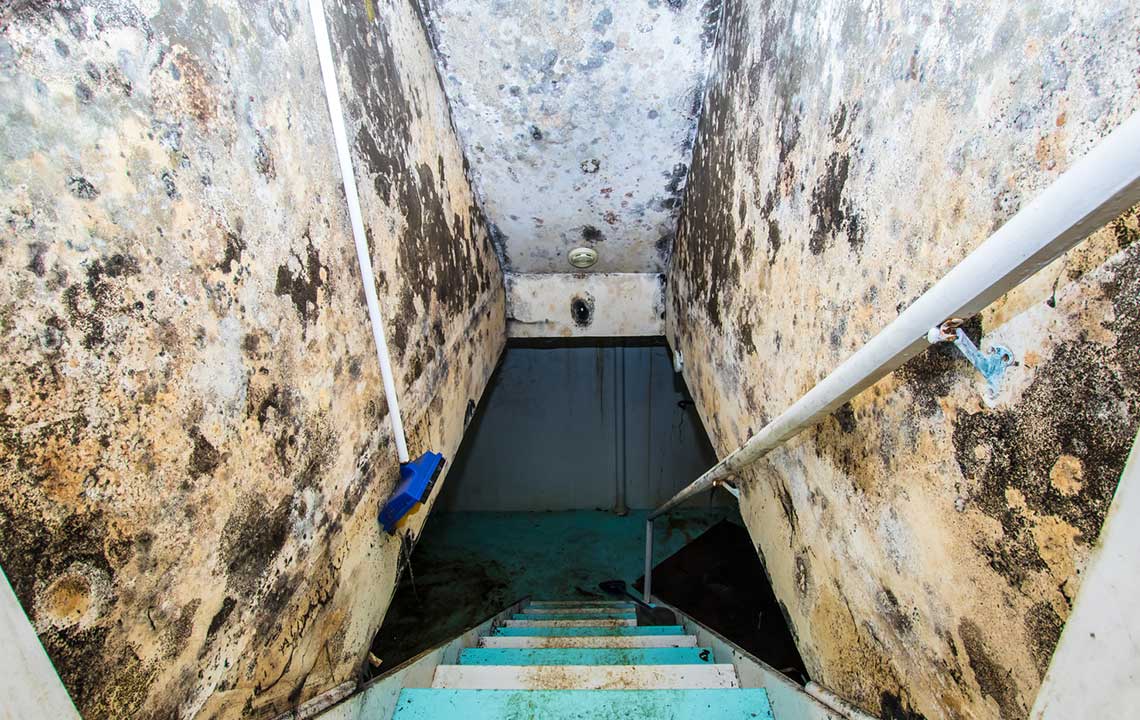
Understanding Water Damage Classifications and How to Restore Your Home Safely
Water damage is one of the most common issues faced by homeowners, and understanding its various forms is essential for effective restoration and damage prevention. Winston Churchill once said, "We shape our buildings, and in turn, they shape us," emphasizing the importance of maintaining a safe and sturdy home. Yet, inevitable natural elements such as heavy storms, torrential rain, or plumbing failures can pose serious threats to your property’s structural integrity. Recognizing the types of water damage and knowing how to respond promptly can save you thousands in repairs and safeguard your family’s health.
Water intrusion can manifest in various ways, from minor leaks that are easy to fix to catastrophic flooding that requires extensive rebuilding. Homeowners must be proactive and informed about the different categories of water damage, their causes, and the most suitable repair approaches. This comprehensive guide will explore the classifications, severity levels, and specialized restoration techniques necessary to restore your home effectively after water-related emergencies.
Effective response starts with a professional inspection. Immediate action not only minimizes damage but also reduces costs involved in restoration. Different types of water damage demand tailored strategies due to their contamination levels and source. Whether it’s a small leak or major flooding, understanding the nuances of water damage classification is vital for homeowners eager to safeguard their property.
Understanding Water Damage Classifications
Water damage is systematically categorized based on the contamination level and the water source, which directly influences the cleanup process and health safety precautions. Swift identification of the damage type allows for efficient intervention. Here are the main categories:
Category 1: Clean Water from Sanitary Sources
Category 2: Gray Water with Minor Contaminants
Category 3: Highly Contaminated Water from Sewage or Severe Flooding
In addition to categorization based on contamination, water intrusion is also classified by severity levels, which determine the complexity and duration of the restoration process. Minor leaks are temporary issues easily resolved, while extensive flooding might necessitate complete structural repairs. Recognizing these distinctions helps estimate recovery times and costs, facilitating better planning and response.
Here is a detailed look at each water damage restoration category:
Category 1 Restoration
This category involves water from source that pose minimal health hazards, such as a burst pipe, overflowing toilet tank, or leaking faucet with clean water. The damage is often localized and manageable. Restoration typically involves extracting water, thorough drying, and minor repairs. The key to swift recovery is immediate leak detection and stoppage. Localized cleanup companies can swiftly manage these cases with minimal disruption, resulting in lower costs and shorter repair times.
Category 2 Restoration
Gray water leaks from dishwashers, washing machines, or compromised plumbing systems fall into this category. This water contains detergents, soaps, or organic residues, making it more hazardous than Category 1. Cleanup includes removing contaminated water, sanitizing affected areas, and employing safety precautions to prevent bacterial growth and mold development. Special handling and protective gear are necessary to ensure proper sanitation and long-term safety of the environment.
Category 3 Restoration
This is the most severe form of water damage, arising from sewage backup, severe flooding, or contaminated groundwater ingress. It involves highly toxic and contaminated water that poses serious health risks. Restoration demands extensive cleanup, removal of porous materials like drywall, insulation, and flooring affected by the contaminated water, and thorough disinfection. Fast action is crucial as prolonged exposure can lead to significant health issues and long-term structural damage. Professional remediation teams are equipped with specialized tools and disinfectants to effectively handle Category 3 situations.
Specialized Restoration Services for Valuables and Content Salvage
Water damage can threaten important personal items such as documents, photographs, artwork, and keepsakes. Advanced drying and preservation techniques are employed to salvage these valuables. Contents drying involves specialized equipment like ultrasonic drying chambers, freeze-drying, or vacuum chambers, which prevent irreversible damage and preserve the integrity of fragile items.
Monitoring and Repair of Water-Related Appliances
Leaking appliances, particularly water heaters, dishwashers, or washing machines, significantly contribute to water damage risks. Signs include rust build-up, unusual noises, insufficient hot water, or pooling water underneath units. Regular maintenance, inspections, and installing safety features like catch pans, shut-off valves, and leak detectors can prevent catastrophic failures. Upgrading to energy-efficient, tankless water heaters not only enhances efficiency but minimizes leak risks.
Sewage and Wastewater Management
Problems in the sewage system can result in contaminated water flooding your residence. Immediate and thorough removal of sewage water, contaminated materials, and affected flooring is necessary to prevent health hazards. Sanitation involves using industrial-grade disinfectants, air movers, and sanitation foggers to eliminate bacteria, viruses, and mold spores. Sewage backups require prompt professional intervention to restore a safe living environment, often involving significant cleanup costs and time.
Basement Flooding Solutions and Prevention
Basements are especially vulnerable to water intrusion through foundation cracks or groundwater seepage. When floodwaters rise, rapid sealing and floodproofing can prevent severe damage. Effective solutions include installing sump pumps, basement waterproofing systems, and drainage improvements. Addressing groundwater issues proactively minimizes the risk of long-lasting structural issues and mold growth.
Roof Damage and Leak Repairs
Storms laden with snow, hail, or heavy rain can compromise roofing integrity, leading to leaks and water intrusion. Regular roof inspections, timely repairs of damaged shingles, and cleaning gutters are essential. When damage occurs, professional roof repair services swiftly restore waterproofing, preventing leaks from worsening and protecting your home’s interior from water-related problems.
Carpet and Upholstery Restoration After Floods
Flooded carpets and furniture often require replacement; however, professional cleaning and drying can sometimes salvage valuable items. The decision depends on water type, duration of exposure, and material age. Prompt action is critical to prevent mold, bacteria, and odor development, which pose health risks to inhabitants. Specialized equipment such as industrial dryers and antimicrobial treatments enhance restoration success.
Drying, Moisture Control, and Mold Prevention
After addressing the water source, effective drying is essential to prevent mold growth and structural deterioration. Using high-powered fans, dehumidifiers, and moisture meters, professionals eliminate residual moisture hidden within walls, floors, HVAC systems, and vents. Continuous monitoring ensures moisture levels stay within safe thresholds, maintaining a healthy indoor environment and avoiding future complications.
In severe cases, ongoing moisture control and mold prevention measures become necessary, including building modifications or enhanced ventilation systems, to secure long-term safety for residents.
Top-Rated Water Damage Restoration Providers
911 Restoration: Known for its extensive residential and commercial water damage services, capable of handling large-scale Category 2 incidents quickly and efficiently.
1-800 Water Damage: Offers rapid response teams, detailed inspections, and comprehensive insurance assistance to simplify the restoration process.
Servpro: A leading franchise with nationwide coverage, known for prompt action and handling all three water damage categories with professionalism.
Knowing your restoration service options and obtaining detailed quotes beforehand helps in planning your repairs better. Proper maintenance, regular inspections, and swift responses significantly extend your home’s lifespan and ensure the safety of your loved ones. When water damage occurs, contact experienced professionals immediately to mitigate long-term damage and protect your investment.
